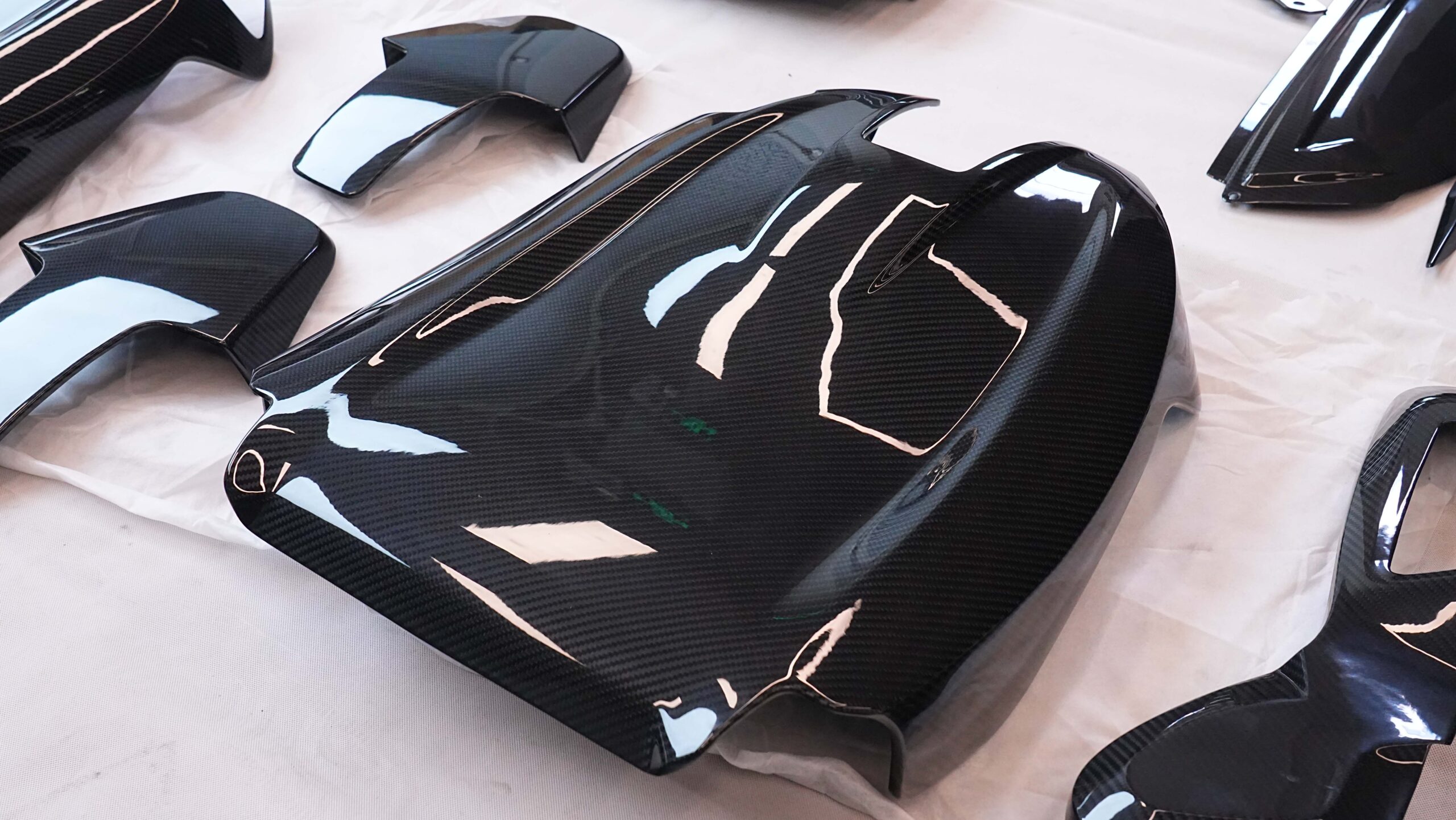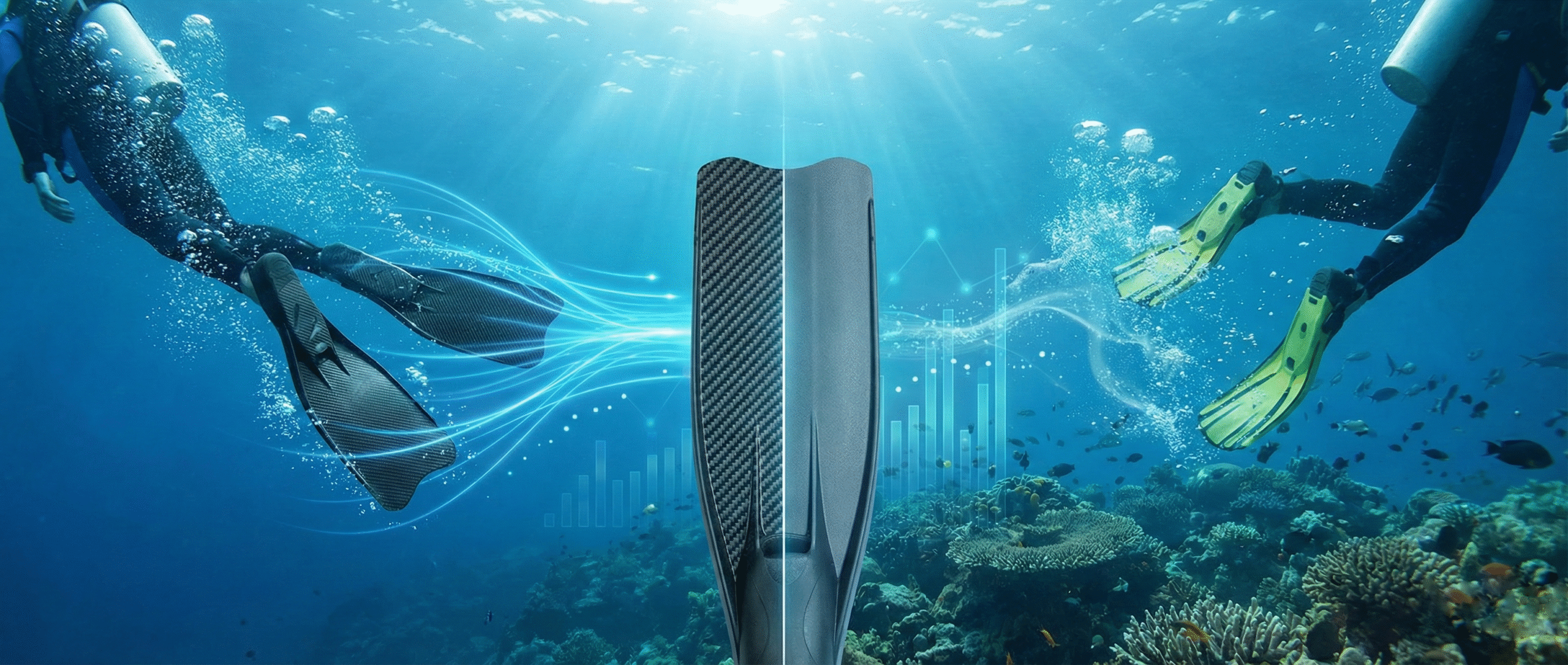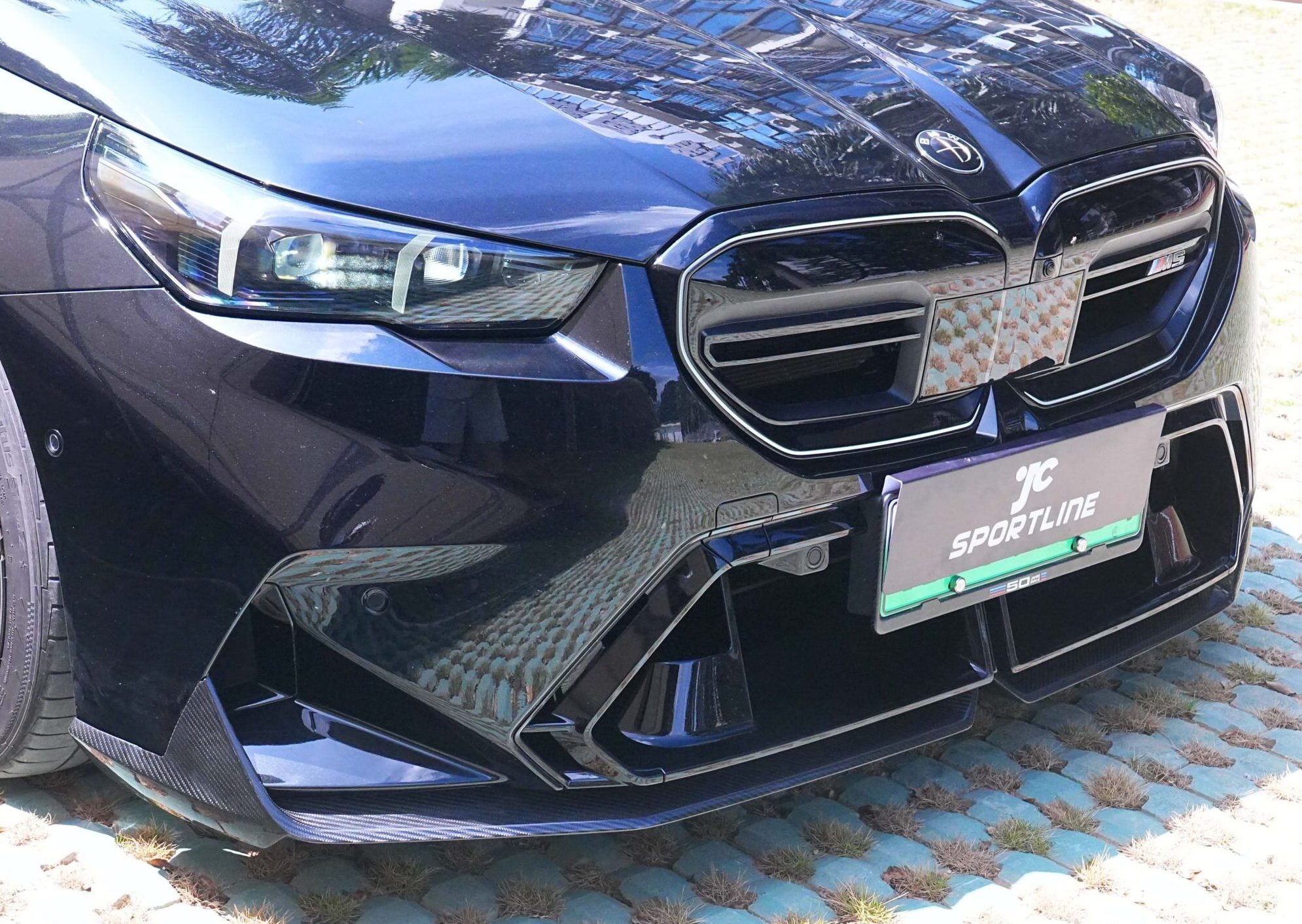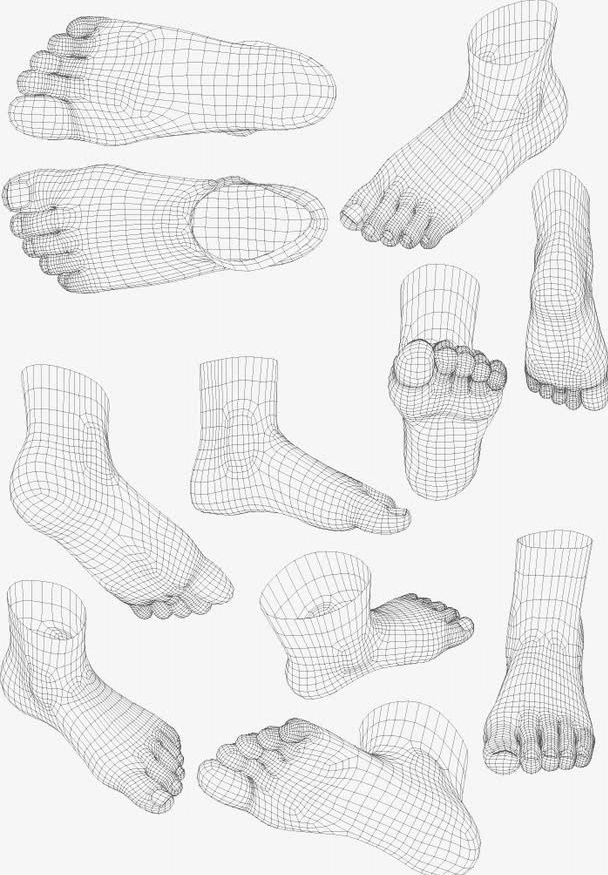Table of Contents
In automotive modifications, carbon fiber hoods are a popular choice among drivers and racing enthusiasts. Why? Because they are lightweight, strong, and can significantly improve a car’s performance while giving it a sleek, high-tech appearance. However, the price of high-quality carbon fiber hoods can vary greatly. The cost is influenced not just by the materials but also the manufacturing process, precision, and quality control.
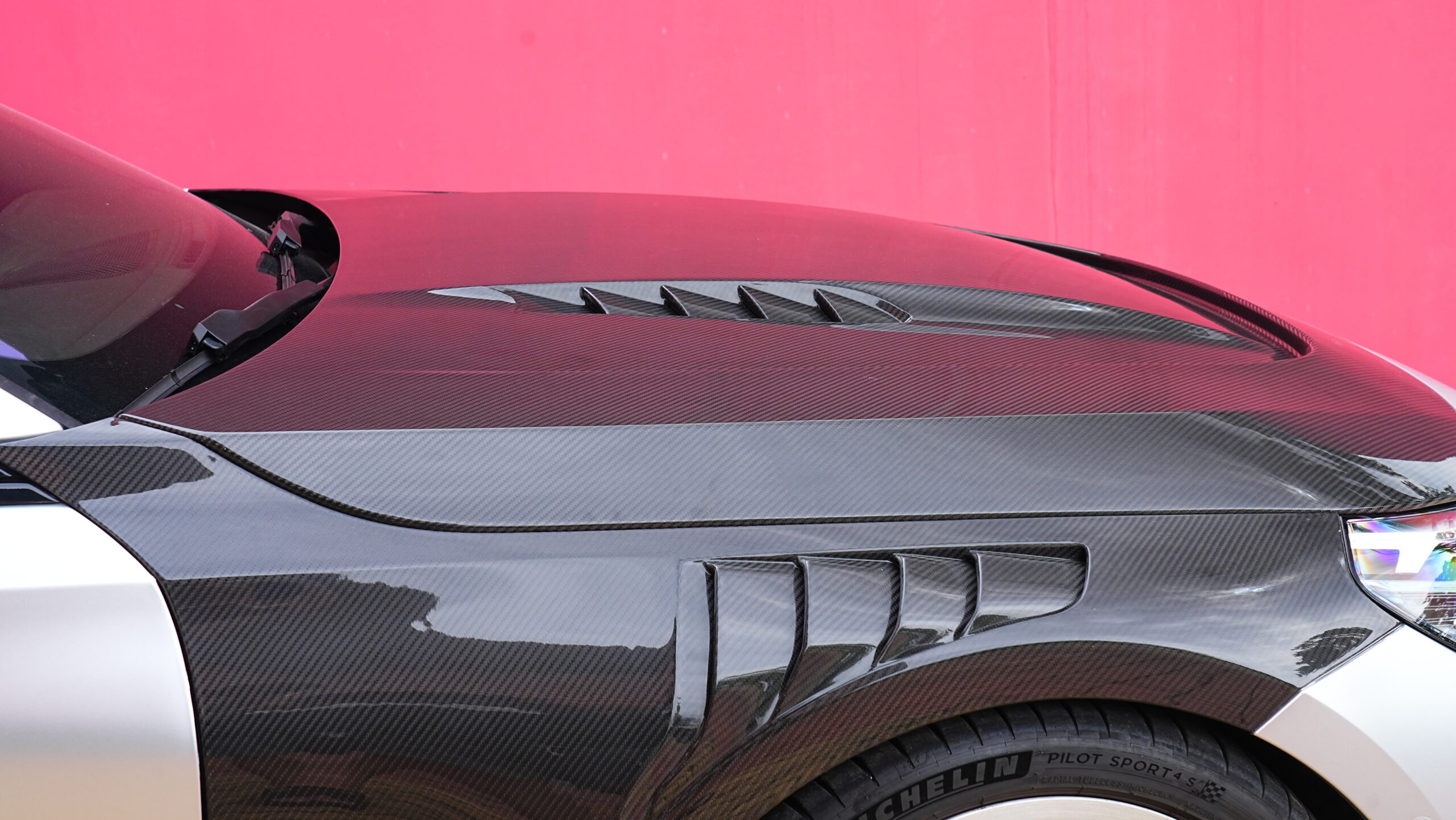
1. Material Cost is Just the Beginning
When selecting a carbon fiber hood, the choice of materials is critical. Low-quality carbon fiber materials often feature loose weave patterns and low fiber density, meaning they have weaker strength and durability. Poor-quality epoxy resins may result in uneven curing, leading to bubbles, white spots, and delamination, ultimately affecting both the appearance and safety of the product.
JCSPORTLINE’s Choice:
- We use high-density carbon fiber fabrics, providing superior tensile strength and impact resistance.
- Aerospace-grade epoxy resin, ensuring even curing to prevent bubbles and weak spots.
- Exceptional heat resistance and UV protection to prevent deformation or fading over time.
2. Material vs. Craftsmanship: Low Quality vs. High Quality
| Aspect | Low-Quality Carbon Fiber | High-Quality Carbon Fiber (JCSPORTLINE) |
|---|---|---|
| Fiber Density & Weave | Low-density, loose weave | High-density, uniform weave |
| Epoxy Resin Quality | Often industrial-grade, uneven curing | Aerospace-grade resin, precise curing |
| Heat Resistance | Poor heat stability, prone to deformation | Excellent thermal stability, heat resistant |
| Durability | Prone to UV and mechanical stress, shortening lifespan | Long-lasting, maintains appearance and performance |
3. Precision Molding: The Foundation of a High-Quality Carbon Fiber Hood
Precise molding is key to ensuring the perfect fit of a carbon fiber hood. JCSPORTLINE uses CNC (Computer Numerical Control) technology to manufacture molds, ensuring each mold’s dimensions and curves are accurate and flawless.
Advantages of CNC Molding:

- Consistent sizing, ensuring uniformity in every hood and perfect fitment.
- Structural integrity, preventing deformation or misalignment during production.
- Reduced waste and rework, improving production efficiency and minimizing material waste.
4. The Complex and Time-Consuming Manufacturing Process

Making a high-quality carbon fiber hood is a complex, skill-intensive process that involves hand-laying, resin infusion, curing, cutting, polishing, and painting.
Hand Layup:
Experienced technicians follow strict procedures to lay carbon fiber sheets layer by layer, ensuring structural integrity and aesthetic appeal, while achieving the desired smooth surface.
Resin Infusion & Curing:
The epoxy resin is carefully infused into the carbon fiber layers, then cured under precisely controlled temperatures and pressures. This step is crucial to avoid the formation of bubbles, delamination, and other defects.
Cutting & Polishing:
After curing, the hoods are carefully cut and polished to ensure a smooth surface. A high-quality paint finish is applied to provide UV protection and enhance the overall aesthetics.
5. Expert Technicians: The Key to Quality and Durability

Behind every high-quality carbon fiber hood is a team of skilled technicians. JCSPORTLINE boasts over 20 years of industry experience, and our technicians follow standardized procedures, closely monitoring every step, from material treatment to final inspection, to ensure product consistency and top-notch quality.
6. How Production Scale and Time Impact Cost
The price variation in carbon fiber hoods is not only determined by materials but also by production scale and manufacturing time. Custom, small-batch orders are typically more expensive than large-scale production because fixed costs (like mold fees, quality checks, and manual labor) are spread out over fewer units in small runs.
7. Why Choose JCSPORTLINE?
Quality Management System (QMS):
JCSPORTLINE adheres to the ISO 9001 quality management system to ensure that every stage of production meets the highest standards. Our quality control measures include:

- Material inspection: Ensuring the use of premium carbon fiber fabrics and aerospace-grade epoxy resin.
- Hand layup and curing monitoring: Preventing bubbles, delamination, and other defects.
- Final size and surface checks: Ensuring perfect fitment and appearance.
Value for Our Clients:
- Reliability & Safety: Every hood undergoes strict quality testing to ensure its stability under the harshest conditions.
- Exceptional Performance: Our high-quality materials and processes ensure each hood has excellent heat resistance, structural strength, and UV protection.
- Long-lasting Durability: Investing in JCSPORTLINE means choosing a product built for long-term reliability.
8. Conclusion: A High-Quality Carbon Fiber Hood Is Worth the Investment
For clients like Jake, the cost of a carbon fiber hood is not just about the materials. It involves advanced processes, craftsmanship, precise mold design, and strict quality control to ensure a perfect fit, excellent performance, and long-term durability.
When you choose JCSPORTLINE, you are not just buying a carbon fiber hood, you are placing your trust in a team with over 20 years of expertise, dedicated to delivering outstanding quality.
Join the conversation on our FaceBook page


